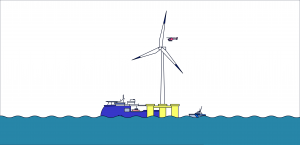Mermaid Release Notes v1.3.0.7
We’ve made a number of small improvements to Mermaid, check them out below and if you’re interested in Mermaid please get in touch.
- Gantt chart scheduler now uses the vessel port departure instead of the vessel site departure duration when the vessel leaves port.
- Metocean time series chart will clearly indicate the AM/PM when you hover over it with your mouse pointer.
- Undoing task operation happens correctly and the group inheritance button remains available in the flow diagram.
- Results vessel summary table has been corrected to include missed transits.



